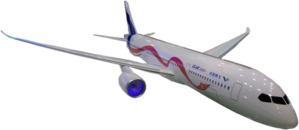How did it worked?
It is very raw, if my C919 has no airworthiness certificate from you, I will ban your aircraft products by the exact same ways. So AMDK's balls came off!
http://mil.news.sina.com.cn/jssd/2017-11-12/doc-ifynshev5464441.shtml
C919将量产中国仍大买波音飞机 只因中美签了这协议
2017年11月12日 09:14 新浪军事
新浪扶翼 行业专区
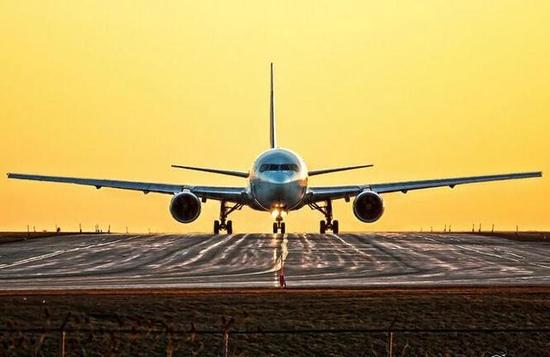 波音飞机
波音飞机
2017年11月9日,中国航空器材集团公司与波音公司在北京签署了300架波音飞机的批量采购协议,总价值超过370亿美元。中国一直是美国波音的主要市场,原本购买波音飞机也没什么大不了的,但看到第二天的一则新闻却让很多人感到不解。
11月10日11时38分,C919首架大客机在上海浦东机场起飞,转场1400多公里飞往西安阎良,全面展开后续的试飞任务。有业内人士指出,此次转场飞行是C919的第一次远距离飞行,下一步将开始进行研发试飞和适航取证工作,这也证明C919将很快批量生产。可既然C919离投入使用的日子已经很近了,那为何我国还一口气那么买下那么多波音客机?
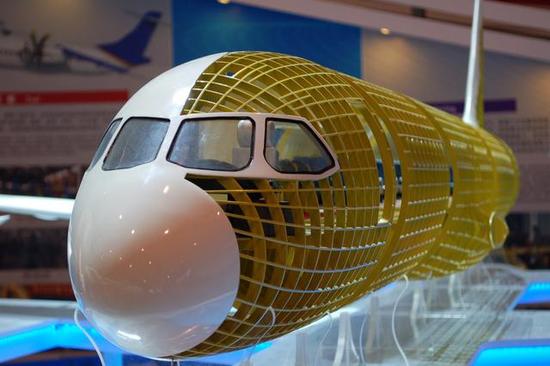 C919
C919
首先我们从C919目前的流程来看。C919虽说近期频繁试飞,但离量产还有好几年的时间,还不是一款成熟客机,这从我国ARJ21飞机的量产速度也能看出。而且C919作为我国自主研发的宽体客机,一旦问世并取得成功,将对我国航空事业带来很大的收益,所以得精益求精不能出一点问题。
其次回顾下之前的一则新闻。中国民航局官网10月23日发布消息称,中美签署《适航实施程序》,于2017年10月17日正式生效,这意味着一直卡在中国大飞机面前的适航证将很快得到解决。而且欧洲航空安全局(EASA)和美国联航航空管理局(FAA)颁布的适航证有双边互认协议,也就是说EASA通过的审核,FAA不会额外审核就颁发适航证,反之亦然。这可是美国送我国的一个大礼,证明美国打算在民航领域加强与我国的合作,共同在高达万亿美元的市场中和全球其他航空公司角逐。
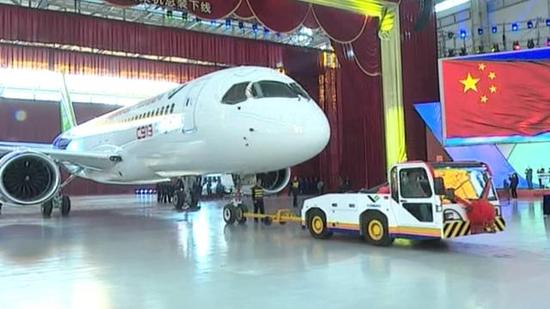 C919
C919
这可不是危言耸听,美国波音和空客公司虽在全球占有很大的比率,但近年来无法灵活适应市场,以至于出现订单减少、开始裁员的局面。再加上其他航空公司虎视眈眈,加拿大与巴西实力就很不俗,俄罗斯也在研发新型宽体客机。
这种背景下,中国在民航市场上与美国进行合作,过渡期买下300架波音客机显然一点都不吃亏,等待着我们的将会是一个更广阔的世界。(作者署名:前沿哨所)
http://mil.news.sina.com.cn/jssd/2017-11-12/doc-ifynstfh5978286.shtml
中国民航在美国航空领域获得承认 这一成果让俄羡慕
2017年11月12日 10:05 新浪军事


新浪扶翼 行业专区
2017年10月17日起,中美间的《适航实施程序》正式生效,这是由中国民用航空局,简称:CAAC与美国联邦航空局,简称:FAA达成的一份重要协议。其内容规定了两国民用航空产品的全面对等互认,内容涵盖适航审定在设计批准、生产监督活动、出口适航批准、设计批准证后活动及技术支持等方面的合作。如果理解正确的话,中美在民航飞机的型号认证相互间认可,一方认证完全,向另一方提供相关文件,过个程序即可获另一方的认证,再不再需要另行认证。
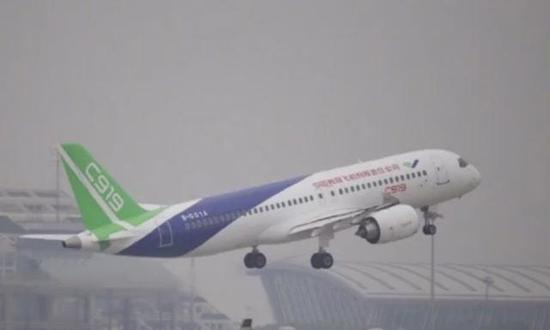 这对C919进入国际市场是一个好消息
这对C919进入国际市场是一个好消息
这个意义可不小,现代国际民航领域,有关飞机型号的适航性认证相当重要,如果一个型号没有美国的FAA适航证,那么不要说,销售给美国的航空公司,连在美国机场着陆都不许。这是美方在费尽心机防范以后最终决意放弃,终于同意向中国做出一大让步,这是对中国进步的承认。
以前一款中国制造的民用飞机要进入美国市场,就必须花费大量使用去拿FAA适航证,如今情况变成了,只要通过中国的民用航空局认证,那么美国自动承认其通过FAA认证,事情可就好办多了!
 运12是最早拿到西方适航证的中国产飞机
运12是最早拿到西方适航证的中国产飞机
当然了,这一成果也不容易,中国直到上世纪80年代时,才开始真正接触西方的适航证体系,开始逐步在民用飞机的设计与制造引入,那时我们无能力向美国出口民用飞机,但是这个工作坚持了下来,运12的改进主要目标就是要达到美国适航证的要求,后来也因此成功打入美国市场。
中国民航制定的适航性标准与美国高度相似,有人说为:美国标准的中国化,其实某些条款比美国要求更高,甚至中没有的,比如:高原性能,可是想让美国认可却不容易,中国在ARJ21的研制、生产和投运过程中,就请FAA全程伴随,让美方了解中国民航认证程序和能力的举措。
 ARJ21是第一个走完全程的型号
ARJ21是第一个走完全程的型号
ARJ21在研制之初,即提出在要求适航认证的要求,2003年3月,民航局同意受理,从2010年开始进行认证项目,到2014年12月获到中国民航颁发型号适航证,前后耗时近12年,具体的验证用4年多。既便如此,美方也是直到拖到今天才算签了字。
这也许就是啥叫:此一时彼一时?中国正在发生巨大的变化,美国已经不得不承认这一点,我们的进步已经悄然迫使在美国航空领域完成由拒绝到承认的转变,这个真不容易。也足以让俄罗斯羡慕了,以前俄制伊尔96因拿不到西方适航证,无法进入在西方市场立足,俄方愿意与中国联合造大客机的主要原因之一,俄罗斯自已绕不过美国的适航证管理。
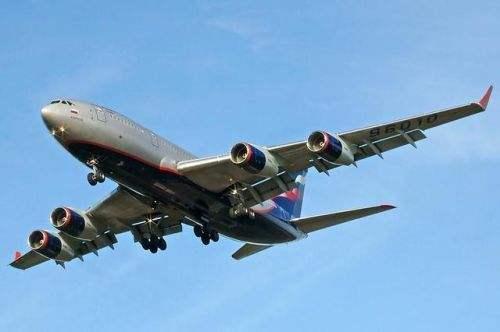 伊尔96至今无法进入西方市场
伊尔96至今无法进入西方市场
中国经过努力工作得到认可美方,以后不仅ARJ21可以方便的进入国际市场,连C919等也不会成为问题。与美国答成协议,只是开始了,随后我们也将与欧洲,及其他国家的相互承认认证的协议也很快达成,只是程序问题,而不是技术问题。(作者署名:军事天地)
It is very raw, if my C919 has no airworthiness certificate from you, I will ban your aircraft products by the exact same ways. So AMDK's balls came off!
http://mil.news.sina.com.cn/jssd/2017-11-12/doc-ifynshev5464441.shtml
C919将量产中国仍大买波音飞机 只因中美签了这协议
2017年11月12日 09:14 新浪军事
新浪扶翼 行业专区

2017年11月9日,中国航空器材集团公司与波音公司在北京签署了300架波音飞机的批量采购协议,总价值超过370亿美元。中国一直是美国波音的主要市场,原本购买波音飞机也没什么大不了的,但看到第二天的一则新闻却让很多人感到不解。
11月10日11时38分,C919首架大客机在上海浦东机场起飞,转场1400多公里飞往西安阎良,全面展开后续的试飞任务。有业内人士指出,此次转场飞行是C919的第一次远距离飞行,下一步将开始进行研发试飞和适航取证工作,这也证明C919将很快批量生产。可既然C919离投入使用的日子已经很近了,那为何我国还一口气那么买下那么多波音客机?

首先我们从C919目前的流程来看。C919虽说近期频繁试飞,但离量产还有好几年的时间,还不是一款成熟客机,这从我国ARJ21飞机的量产速度也能看出。而且C919作为我国自主研发的宽体客机,一旦问世并取得成功,将对我国航空事业带来很大的收益,所以得精益求精不能出一点问题。
其次回顾下之前的一则新闻。中国民航局官网10月23日发布消息称,中美签署《适航实施程序》,于2017年10月17日正式生效,这意味着一直卡在中国大飞机面前的适航证将很快得到解决。而且欧洲航空安全局(EASA)和美国联航航空管理局(FAA)颁布的适航证有双边互认协议,也就是说EASA通过的审核,FAA不会额外审核就颁发适航证,反之亦然。这可是美国送我国的一个大礼,证明美国打算在民航领域加强与我国的合作,共同在高达万亿美元的市场中和全球其他航空公司角逐。

这可不是危言耸听,美国波音和空客公司虽在全球占有很大的比率,但近年来无法灵活适应市场,以至于出现订单减少、开始裁员的局面。再加上其他航空公司虎视眈眈,加拿大与巴西实力就很不俗,俄罗斯也在研发新型宽体客机。
这种背景下,中国在民航市场上与美国进行合作,过渡期买下300架波音客机显然一点都不吃亏,等待着我们的将会是一个更广阔的世界。(作者署名:前沿哨所)
http://mil.news.sina.com.cn/jssd/2017-11-12/doc-ifynstfh5978286.shtml
中国民航在美国航空领域获得承认 这一成果让俄羡慕
2017年11月12日 10:05 新浪军事

新浪扶翼 行业专区
2017年10月17日起,中美间的《适航实施程序》正式生效,这是由中国民用航空局,简称:CAAC与美国联邦航空局,简称:FAA达成的一份重要协议。其内容规定了两国民用航空产品的全面对等互认,内容涵盖适航审定在设计批准、生产监督活动、出口适航批准、设计批准证后活动及技术支持等方面的合作。如果理解正确的话,中美在民航飞机的型号认证相互间认可,一方认证完全,向另一方提供相关文件,过个程序即可获另一方的认证,再不再需要另行认证。

这个意义可不小,现代国际民航领域,有关飞机型号的适航性认证相当重要,如果一个型号没有美国的FAA适航证,那么不要说,销售给美国的航空公司,连在美国机场着陆都不许。这是美方在费尽心机防范以后最终决意放弃,终于同意向中国做出一大让步,这是对中国进步的承认。
以前一款中国制造的民用飞机要进入美国市场,就必须花费大量使用去拿FAA适航证,如今情况变成了,只要通过中国的民用航空局认证,那么美国自动承认其通过FAA认证,事情可就好办多了!

当然了,这一成果也不容易,中国直到上世纪80年代时,才开始真正接触西方的适航证体系,开始逐步在民用飞机的设计与制造引入,那时我们无能力向美国出口民用飞机,但是这个工作坚持了下来,运12的改进主要目标就是要达到美国适航证的要求,后来也因此成功打入美国市场。
中国民航制定的适航性标准与美国高度相似,有人说为:美国标准的中国化,其实某些条款比美国要求更高,甚至中没有的,比如:高原性能,可是想让美国认可却不容易,中国在ARJ21的研制、生产和投运过程中,就请FAA全程伴随,让美方了解中国民航认证程序和能力的举措。

ARJ21在研制之初,即提出在要求适航认证的要求,2003年3月,民航局同意受理,从2010年开始进行认证项目,到2014年12月获到中国民航颁发型号适航证,前后耗时近12年,具体的验证用4年多。既便如此,美方也是直到拖到今天才算签了字。
这也许就是啥叫:此一时彼一时?中国正在发生巨大的变化,美国已经不得不承认这一点,我们的进步已经悄然迫使在美国航空领域完成由拒绝到承认的转变,这个真不容易。也足以让俄罗斯羡慕了,以前俄制伊尔96因拿不到西方适航证,无法进入在西方市场立足,俄方愿意与中国联合造大客机的主要原因之一,俄罗斯自已绕不过美国的适航证管理。

中国经过努力工作得到认可美方,以后不仅ARJ21可以方便的进入国际市场,连C919等也不会成为问题。与美国答成协议,只是开始了,随后我们也将与欧洲,及其他国家的相互承认认证的协议也很快达成,只是程序问题,而不是技术问题。(作者署名:军事天地)

